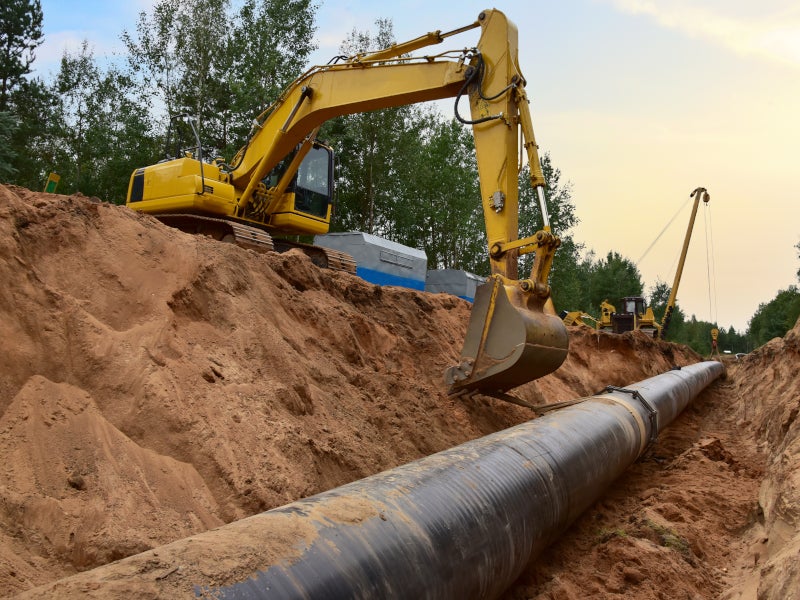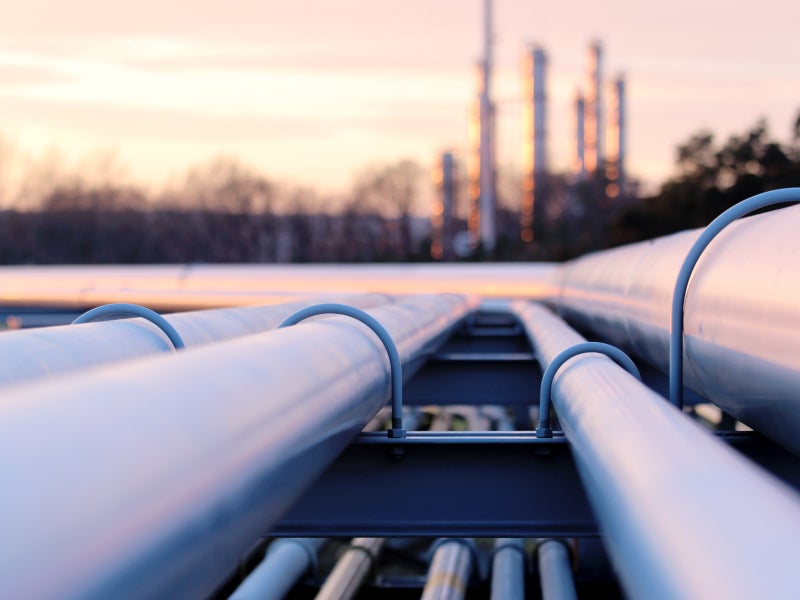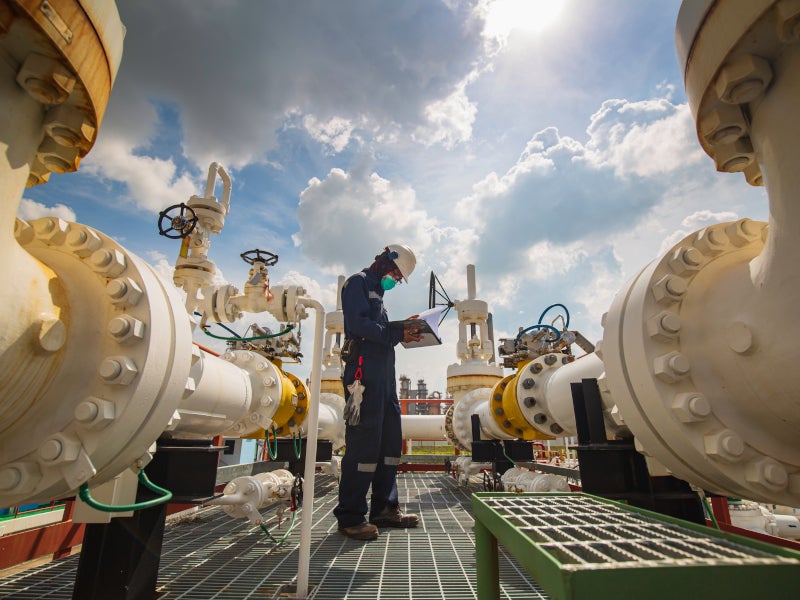The Kurri Kurri lateral pipeline (KKLP) is a gas transmission and storage infrastructure project being developed in Kurri Kurri, New South Wales (NSW), Australia. It is designed to supply gas to Snowy Hydro’s 750MW Hunter Power Project from the existing Sydney to Newcastle pipeline.
APA Group, an Expected Start of Operations energy infrastructure company, is developing the project with an estimated investment of A$450m ($293m) under a 30-year gas transportation and storage agreement signed with Snowy Hydro in June 2022.
The NSW government approved the project under the Environmental Planning & Assessment Act 1979 in December 2022. The project received regulatory approvals from the Department of Climate Change, Energy, the Environment and Water under the Environment Protection and Biodiversity Conservation Act 1999 (EPBC Act) in April 2023.
The NSW Office of Energy and Climate Change granted the pipeline licence under the Pipelines Act 1967 in October 2023.
The final investment decision on the project was taken in November 2023. The pipeline is currently under construction and is anticipated to commence operations in 2024.
It is expected to generate more than 400 jobs during the construction period.
Kurri Kurri Lateral Pipeline location
The KKLP project is being developed in the Lower Hunter region of New South Wales, spanning the local government areas (LGAs) of Cessnock, Maitland, and Newcastle.
It is located within the communities of Kurri Kurri, Heddon Greta, Cliftleigh, and Gillieston Heights, all within the jurisdiction of the Cessnock City Council, Maitland City Council, and Newcastle City Council.
The proposed storage pipeline will be situated north of the Hunter Power Project, in the buffer zone of the former Kurri Kurri aluminium smelter. The compressor and delivery stations are planned within the boundary of the Hunter Power Project site.
Kurri Kurri Lateral Pipeline details
The KKLP project encompasses the construction of a 21km-long transmission pipeline, a storage pipeline up to 24km long, and a compressor station.
The transmission pipeline will be composed of a buried steel pipeline with an average diameter of 14in and a medium pressure capability of up to 6.9 megapascals (MPag).
The transmission pipeline will be designed, constructed and commissioned under the prevailing international standards for hydrogen piping and pipelines to ensure the infrastructure is prepared for the potential future use of hydrogen within the East Coast gas network.
The compressor station will be located at the end of the transmission pipeline and boost the natural gas pressure to the necessary inlet pressure for the Hunter Power Project.
The storage pipeline will be a buried steel pipeline with a significantly larger diameter of about 42in and a high-pressure capacity of up to 15.3MPag. It will extend 24km downstream from the compressor station and is designed to store a maximum of 70 terajoules of gas.
A delivery station will be developed to receive gas from the storage pipeline. It will control the temperature, pressure, and flow rate of the gas before it is delivered to the Hunter Power Project.
The project also includes a 1.3km-long buried steel pipeline with a medium outer diameter of 355.6mm, capable of withstanding a high pressure of up to 15.3MPag. It will serve as an interconnection between the compressor station, the storage pipeline, and the delivery station.
The pipeline will be installed with electric compressors to reduce operational emissions.
Proposed Kurri Kurri pipeline route
The proposed transmission pipeline will start near Black Hill, approximately 15km north-west of Newcastle, and end at the Hunter Power Project.
The transmission pipeline will connect to the Sydney to Newcastle pipeline running between Plumpton and Hexham Northern Trunk via offtake and delivery facilities, known as the JGN offtake facility and JGN delivery facility, situated adjacent to Lenaghans Drive.
The offtake facility will be operational when gas is transferred from the storage pipeline back to the Sydney to Newcastle pipeline through the transmission pipeline. The delivery facility will be operational when gas is channelled from the Sydney to Newcastle pipeline into the transmission pipeline.
Contractors involved
Spiecapag, an oil and gas pipeline service provider based in Australia, was commissioned to construct the lateral and storage pipelines.
Alltype Engineering, a complex processes and mechanical solutions provider for the Australian oil and gas industry, has been tasked with constructing the KKLP facilities.




